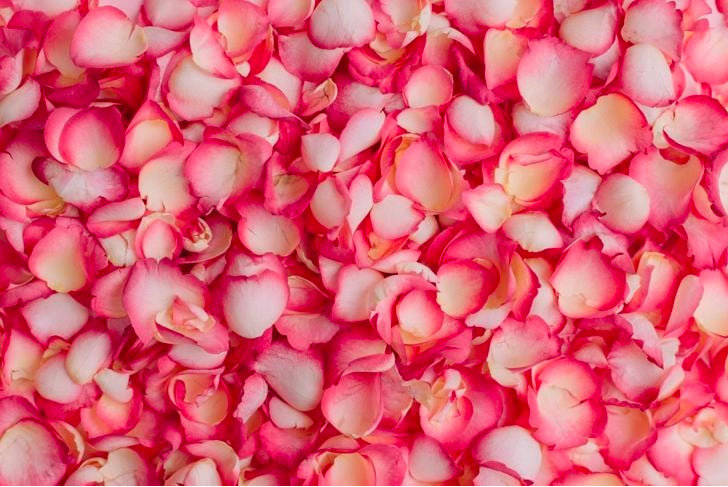Growing the Whimsical Climbing Rose
Feb 27, 2022
01
Planting in an ideal climate
Climbing roses need full sun and well-draining, fertile soil with some sand and clay. When planting, use a hole slightly larger than the root system and add organic fertilizer with a 2-5-2 N-P-K ratio, compost, and bone meal. After planting, add mulch to insulate the roots and protect from freezing in winter. Hardy climbing roses can survive in USDA zones 4 to 10, making them suitable for various environments.
Watering and fertilization
For climbing roses, consistent, light watering is ideal to prevent root rot. Fertilization needs depend on climate, with more needed in warmer areas. Time-release fertilizers can be used once or twice during the active season, with roses watered before and after. application.
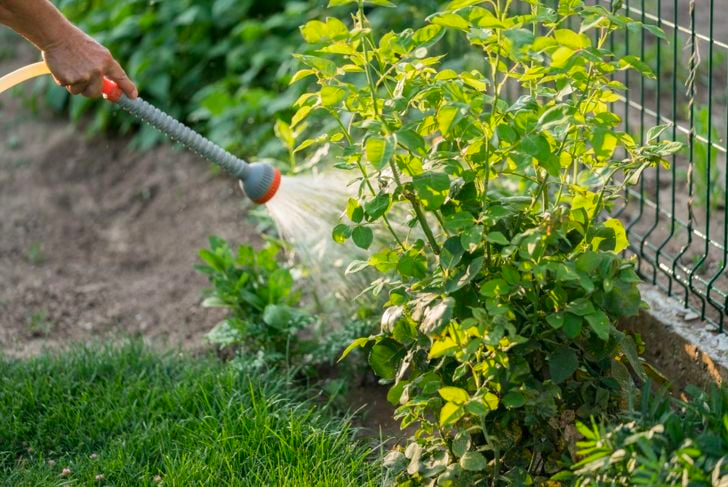
03
Training your climbing rose
Training climbing roses involves attaching canes to a support structure using twine. Use a free-standing vertical support if growing against a solid structure to allow for airflow. Avoid tying the twine too tightly, and adjust the training as the canes grow and develop.
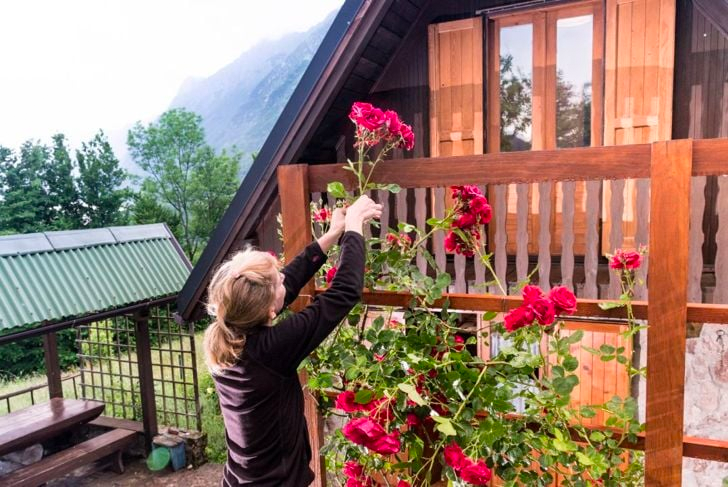
04
Pests on your climbing rose
Common pests like aphids, whiteflies, and scale insects can harm climbing roses by destroying leaves and wilting flowers. Organic insecticidal soap is an eco-friendly solution to eliminate these pests.
05
Diseases
Climbing roses can be vulnerable to fungal diseases like black spot and anthracnose due to excess heat, water, or humidity. To avoid these issues, ensure good soil drainage, provide air circulation around the rose bush, and monitor soil moisture levels.
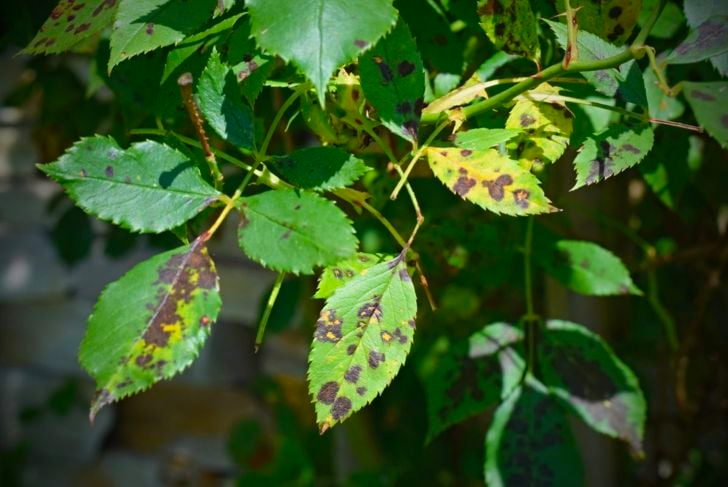
06
Propagation
To propagate climbing roses, cut a healthy stem and remove all leaves except the top one. Remove outer bark around the bottom inch, dip it in rooting hormone, and plant in a 6-inch pot with soil. Keep the soil damp and wait for new leaves to form. Move to direct sunlight and plant outdoors in spring.
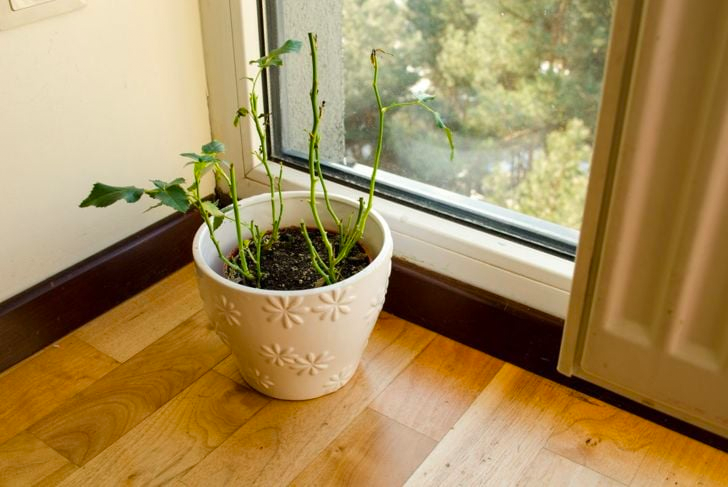
07
Annual pruning
Annual pruning improves the health and flower production of climbing roses. First-year plants only need pruning if they have diseased or dead branches. Pruning is best done from late winter to early spring, after removing some leaves for better visibility. Remove thin or diseased branches and old ones that no longer flower. Trim back branches to the desired framework, cutting a quarter inch above a bud. Take breaks to assess the plant's overall shape.
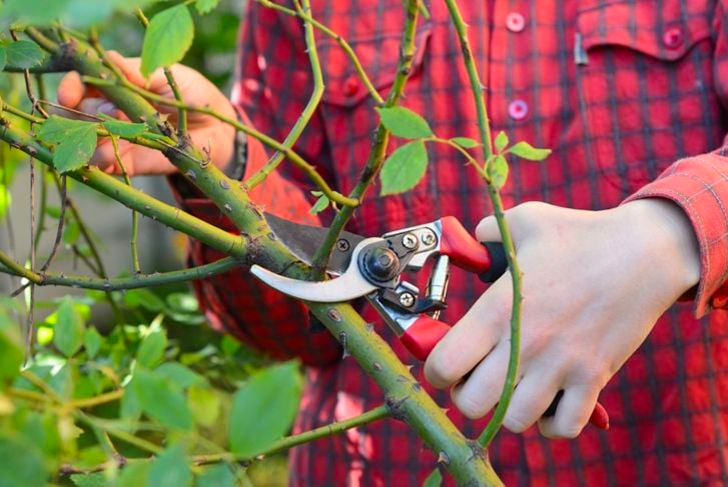
Not just a treat for the eyes and nose
Rose petals are not just lovely and fragrant, but they are also edible. They come in a variety of flavors, from mild and sweet to slightly spicy. Petals are best harvested mid-morning after a few dry days. They can be used fresh in salads, on toast, or made into rose water. Dry them by spreading them out on newspaper for a few days, then use them to make tea, decorate baked goods, or enhance your bath time.
